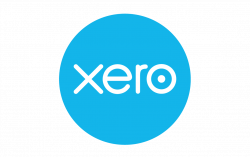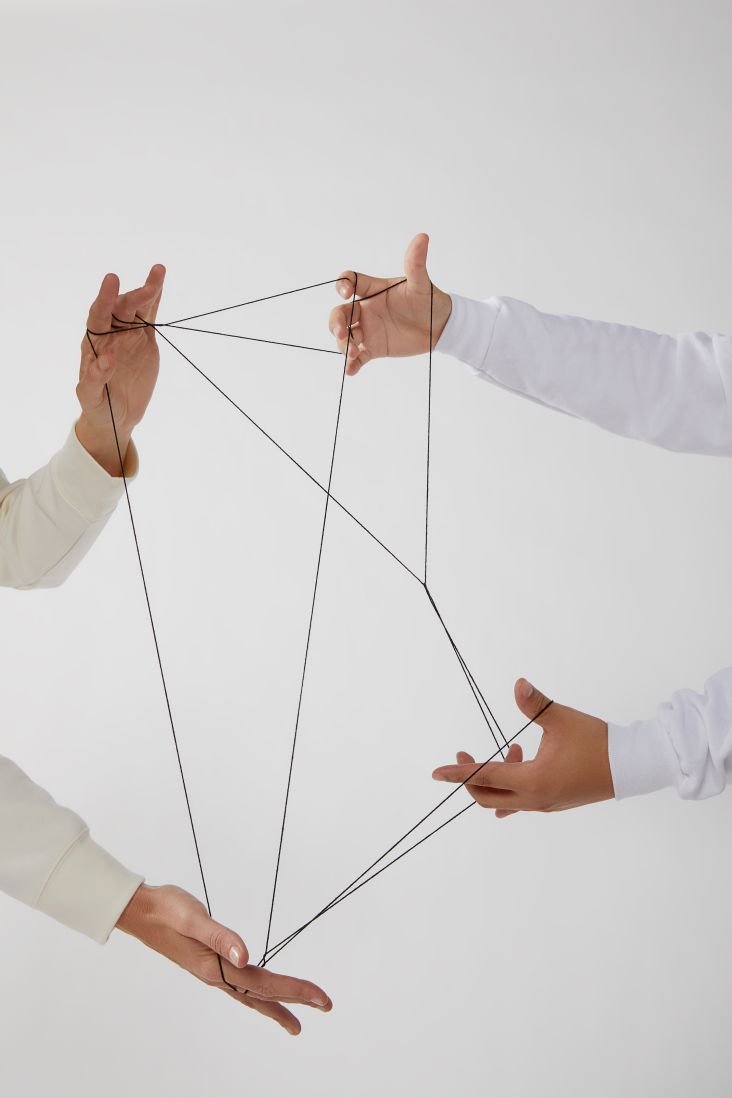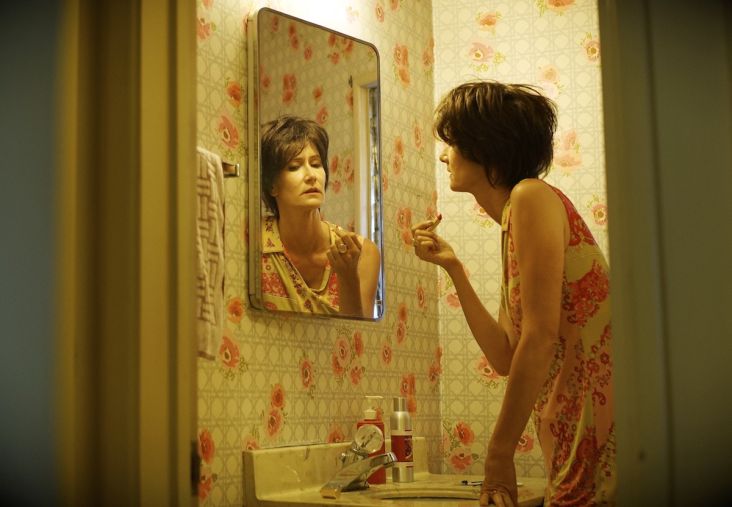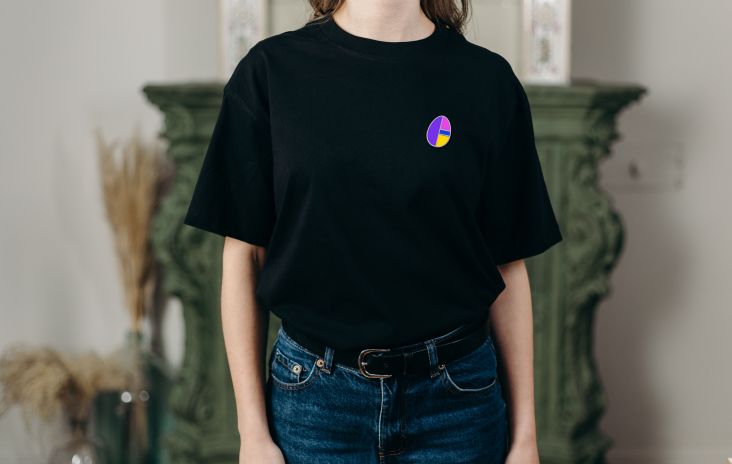Surviving 2021: How creative freelancers can weather the storm
Freelancing might feel precarious at the best of times, but never more than at the moment. Most of us had a pretty rough 2020. And the first few weeks of this year suggests that 2021's hardly going to be plain sailing either.

Image licensed via Adobe Stock
It's a sombre truth that over the next 12 months, many freelancers will find it difficult to find work, have contracts cancelled, and get stiffed for work they've already completed. All of which sucks monumentally. But it's not all bad news.
Chaotic times also bring new opportunities, such as cash-strapped brands, side-stepping expensive agencies and going directly to freelancers instead. So how can you make the most of these lifelines? In this article, we've teamed up with Xero online accountancy software which helps freelancers automate and manage their finances, to offer some practical survival tips for the year ahead.
1. Promote yourself
As creative freelancers, we're often a little shy about promoting ourselves. But if there was ever a time to blow your own trumpet it's now.
Self-promotion not only needs to be done loudly and confidently, but it also needs to be done regularly. So make sure you spend an hour a day on marketing yourself every day.
You'll know best how to go about that. But if you need ideas, start by sharing your latest work on Instagram (with as much behind-the-scenes info as possible, as that's a great way of getting attention and shares). Update your Behance portfolio. Send out a newsletter to your existing clients, updating them on what you've been up to lately, and reminding them you exist. Take part in webinars, join in on Twitter and Facebook, comment on relevant articles.
Beyond that, there are countless ways to sell yourself and get your name out there. You're a creative, so get creative: treat yourself like your own client if it helps. For further inspiration, award-winning creative director Amrit Singh offers a great example of how to sell yourself: he's a true marketing machine. Check out his website and his social accounts (listed at the bottom of the page), and you'll soon see what we mean.
2. Keep on top of cash flow
Even during the busiest and most lucrative times, it can be a challenge to stay on top of your freelance cash flow. In a pandemic year, making sure your invoices are delivered in a timely fashion and reminders are sent when clients need chasing up, could make the difference between hardship and security.
Yet at the same time, if you're trying to impress new clients, or struggling to retain old ones, you want to devote all your time and energy to your actual design work. So you might not have the time to spend on your bookkeeping and invoicing that they truly require.
One way of squaring that circle is to enlist the help of online accounting software. For example, Xero, which is ideal for designers and freelancers, allows you to send customised quotes and invoices immediately from your mobile, laptop or tablet from wherever you are. Creating these documents is super-quick thanks to customisable templates, and you can track invoice opens, payments and automate invoice payment reminders. The good thing is if you already use an accountant, they can log in to Xero and get all of the info they need from there too!
With many businesses continuing to work from home right now, invoices and payments might easily be missed, so with Xero's Starter plan costing just £10 a month, it more than pays for itself and can help you quickly invoice and chase for payments where necessary. Read more on this topic in our feature, How to Deal with Invoice Disputes.
3. Diversify
If the commissions are drying up (or if there's a chance they might), it's worth investing a bit of time in finding new income streams. There are many ways you might harness your creative skills to earn some extra cash.
Consider offering workshops and becoming a teacher on a platform such as Skillshare. Sell prints of your work on a site like Etsy. Bundle all your Medium articles into an ebook and give it a bespoke design.
Live-stream your creative process on Twitch, and ask for donations on Patreon. Start a podcast or an email newsletter. Both are very competitive markets nowadays, and it's tough to generate income via ads or subscriptions. But if you hit the right niche, then you'll be surprised how willing people are to pay for information that helps them personally.
4. Ask for help if necessary
We won't sugar-coat it. Even if you do everything right, some creative freelancers in 2021 will end up needing financial help. So don't hesitate to reach out and ask for it.
Specifically, HMRC has launched a helpline for freelancers and the self-employed suffering during the crisis at 0800 0159 559. That said, wait times can be lengthy, so you'll probably be better off using the webchat on this page.
Banks and building societies are also surprisingly willing to be flexible with things like mortgage payment holidays at the moment, but you do need to make the first move and tell them about any problems. Otherwise, they can't help you.
5. Specialise
When you're short of freelance work, the impulse might be to widen your offer and take on all sorts of work that you're not particularly qualified for. While every situation is different, and we'd never criticise anyone who's just desperate to pay the gas bill, some freelancers have found unexpected success by going in the exact opposite direction.
Take Manchester-based artist and designer Dani Molyneux, who runs Dotto Studio. Like many of us, 2020 forced Dani to reassess her work and creative focus. In fact, she found the time to refresh her business and embrace her love of type, which has not only made her happier; she is also starting the year with three new clients, all of which appreciate her style and approach.
6. Connect
Community is always important when you're a creative freelancer, but in 2020-2021 that became clearer than ever. So whether or not you've been active in the past, it's time to reach out, find help, connect with other freelancers, and discover ways to support each other.
That might be through networks focused on creative freelancing through groups on LinkedIn, like Designers Talk. It might be through broad-based networks such as Next Door which helps you connect with people in your local community, or a combination of the two. Or it might be through something in between, such as Facebook. (Don't laugh: Facebook may look cluttered and be full of spam, but the platform has developed some excellent networking features over the years, and many creative freelancers tell us they're got great results from it.)
Wherever you head to network, it's time to be brave, open to new relationships and willing to get stuck in and contribute. This can be daunting and a little time-consuming. But people like people; so you'll normally find that what you put in, you'll get back tenfold in the long term.
7. Stay up to date
In 2021, things are changing so rapidly that it's vital to keep up to date with new developments, both for your bottom line and sanity. But with so much disinformation happening online right now, it's important to find an authoritative source. Start with these regularly updated guidelines from IPSE, the Association of Independent Professionals and the Self-Employed, with useful links at the bottom of the page.
Try Xero for free!
Online accounting software Xero is great value starting from just £10 a month. But you don't have to pay a penny to try it out, as Xero offers a 30-day free trial with no commitment required – you don't even need to provide credit card details. This simple and intuitive software is changing the way creative freelancers organise their finances, if you want to give it a go you can sign up here.


























